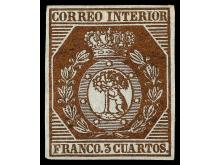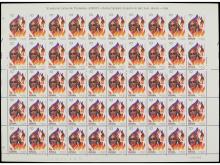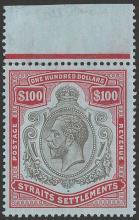German Occupation Stamps - Learning European History through Stamps
Published

In 1941 Germany led by Adolf Hitler took control of Ukraine. At first the Germans were considered by some Western Ukrainians to have come to liberate Ukraine, but the bloody rule of Germany changed that perception soon enough and the locals turned against the German occupation. Though they took control of the region, the German forces did not initiate moves to tap into the people’s anger against the Stalin-led government. What the Germans did was to retain the collective-farming system, they sent people to work in Germany, worked towards the de-population of the country and worse, started the systematic killings of the Jewish population. The war was then concentrated on the eastern front where Nazi Germany suffered the maximum loss. On the Ukrainian side loss of life reached 1.4 million soldiers and roughly half a million Jews. When the war came to an end, Ukraine became part of the Soviet Union and remained a member until the collapse of Soviet Union, whereby it became an independent country.
German-Occupation Stamps
German occupation stamps refer to those stamps that were issued to various European countries under German rule. These stamps were mostly sent by the military forces between 1914 -1918 or between 1938 -1945. The first phase of the war (or the use of the stamps) was called the First World War, and was participated in by different countries directly or indirectly. During that time Germany occupied an area larger than they could handle, which eventually resulted in their downfall.
The end result of the war and the outcome for Germany caused the postage stamps used then to become worthy of collections. These postage stamps were used in German-controlled areas like Belgium, Poland, Luxemburg, bohemia and Moravia. Some stamps were used in the areas of the Balkans occupied by Germany, but these stamps are rare. Though many enthusiasts and collectors are looking for these stamps, not all of these stamps are readily collected due to forgery concerns. Stamps should be certified before they can be processed in the market.
Between 1941 and 1943, German definitive stamps were overprinted “UKRAINE” for use within the territory. These stamps came in different colours and prices from 1 to 80 and colours varying from blue, green, red, brown, purple and different shades of blue, gray and brown.
Collecting German stamps that were printed during 1914-1918 and the 1940s is like a history class; a look at what happened in the ‘Great Wars’.








